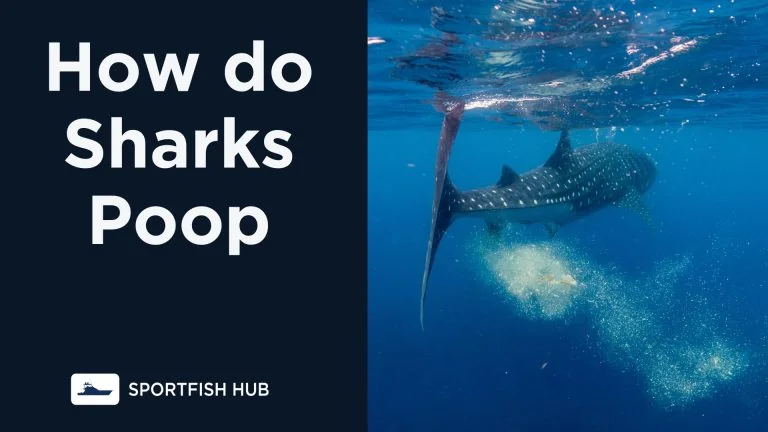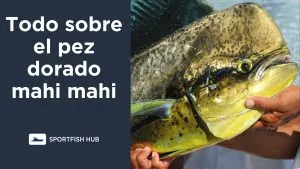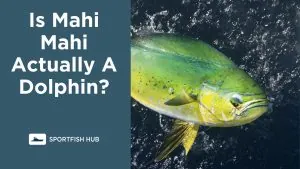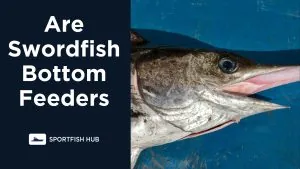Sharks are powerful predators that play an important role in ocean ecosystems. But even these apex predators need to poop! In this article, we’ll explore the ins and outs of how sharks poop.
Key Takeaways
- Sharks have specialized digestive systems to break down large prey like seals and dolphins. Key organs are the stomach, liver, pancreas, and intestine.
- Most sharks are opportunistic carnivores that eat a wide variety of prey whole. Their digestive system dissolves bones, scales, and tissues.
- Muscular contractions in the intestine and cloaca push waste toward the posterior opening where feces are forcefully ejected.
- Shark scat is primarily liquid with solid chunks and has a strong fishy odor. It contains valuable clues about shark diet, health, and distribution.
- Although unpleasant, shark waste provides nutrients that support ocean ecosystems. Analyzing feces allows scientists to study sharks non-invasively.
See also: How do sharks pee?
Shark Digestive Anatomy
Sharks have digestive systems specialized for their carnivorous diets. Here are some key features:
- Mouth: Sharks have large, gaping mouths filled with triangular serrated teeth. Their jaws are not connected, allowing them to open wide to take big bites of prey.
- Stomach: Sharks have a J-shaped stomach that is highly muscular and can expand to accommodate large meals. The stomach secretes powerful hydrochloric acid and enzymes to break down bones, scales, and tissues.
- Liver: This organ produces bile and enzymes that aid digestion. Bile gets stored in the gallbladder.
- Pancreas: Secretes enzymes like proteases and lipases to further digest proteins and fats.
- Intestines: A long spiral intestine allows nutrients to be absorbed efficiently. The intestine connects to the colon and cloaca.
- Cloaca: Thisposterior opening is used to expel liquid and solid wastes.
Also read: Why do fish swim with sharks?
Shark Feeding Habits
To understand how sharks poop, it helps to know what they typically eat. Most sharks are opportunistic carnivores that will eat a wide variety of prey:
- Small sharks feed on fish, squid, crustaceans, and octopi.
- Larger sharks prey on seals, sea lions, dolphins, turtles, and small toothy whales.
- Some large shark species like tiger sharks and great whites will even eat sea birds.
Sharks swallow their food in large chunks whole without chewing. Their digestive systems are designed to dissolve bones, scales, and tissues efficiently.
The Defecation Process
Here is an overview of how sharks poop:
- After the stomach digests food, the partly digested material moves into the intestine.
- The intestine absorbs nutrients while waste products accumulate in the colon.
- Muscles in the intestinal and cloacal walls contract to push feces toward the cloaca.
- Two sphincter muscles surrounding the cloaca relax, allowing it to open.
- Feces are expelled from the cloaca in a dramatic burst. The forceful ejection helps propel waste away from the shark.
- Sphincters close again, sealing the cloaca shut.
Sharks may exhibit odd body movements like arching backs, flexing, and shuddering to aid defecation. They do not have a set pooping schedule and will go whenever necessary.
Characteristics of Shark Feces
Shark poop has some unique properties:
- Primarily liquid in consistency with some solid chunks
- Greenish-yellow color from bile pigments
- Strong odor of digested fish, blood, fat
- Expelled in bursts that form clouds or columns
- Contains clues about hormones, genetics, diet
- Nutrient-rich and quickly broken down by ocean bacteria
Importance of Shark Scats
Although unpleasant to discuss, shark feces provide value. Scientists can analyze samples for data on:
- Diet composition and hunting habits
- Toxin and plastic accumulation
- Hormone levels indicating stress
- Oceanic population ranges based on DNA
- The presence of parasites or pathogens
On a broader level, shark waste releases key nutrients like nitrogen and iron into the water column. This transfers energy up marine food chains and supports ecosystems like coral reefs.
So next time you think of sharks, remember the science behind their poop! It’s smelly but important.












